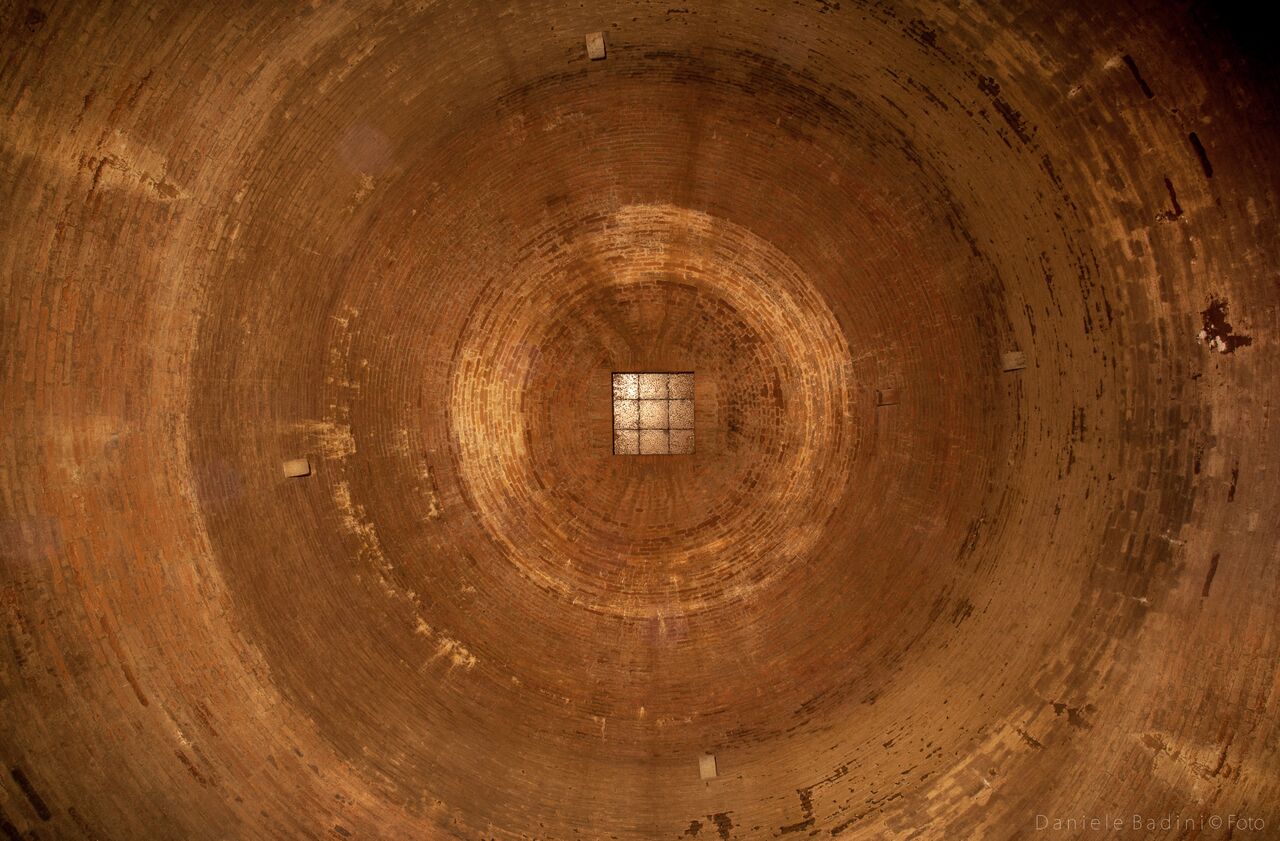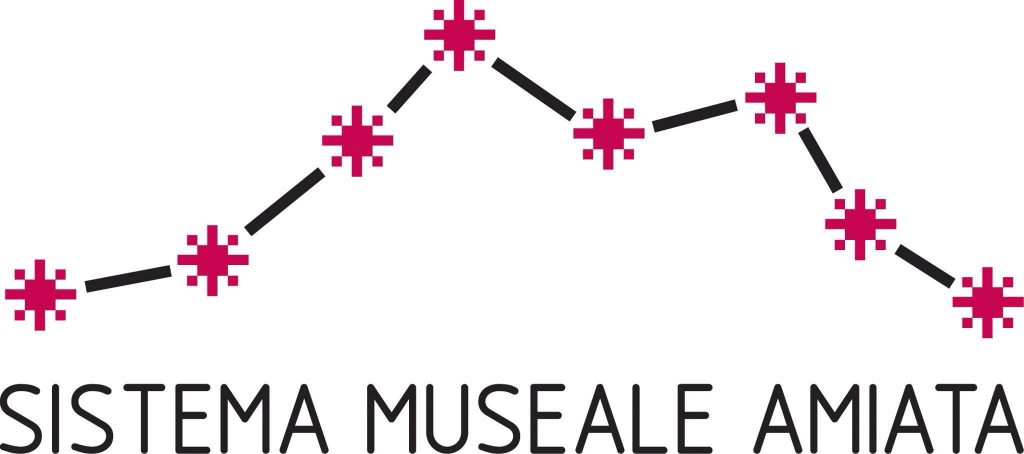The Oil Museum in Seggiano

The Maremma Museums network is enriched with a new museum. This is the Seggiano Oil Museum that has become part of the Amiata Museum System, and therefore also of the Maremma Museums network; a widespread museum project, conceived by the Municipality of Seggiano and by Le Radici di Seggiano Foundation. The Foundation is a private non-profit organization established in April 2012 to promote and enhance the municipal territory through its many peculiarities (historical-cultural ones, landscape, outstanding agricultural productions). Throughout the year it organises guided tours of the Oil Museum, an innovative and engaging itinerary in stages within the medieval historic centre of Seggiano that includes sites of rare beauty and combines different areas of interest (historical-architectural domains with religious and civil ones up to experimental scientific ambit).
Oratory of San Rocco
Built between 1486 and 1490 as an ex voto following a plague epidemic on the site of a pre- existing votive aedicule dedicated to the Saint, it preserves valuable paintings by Girolamo Di Domenico, author of the Sienese school and numerous graphic engravings on the internal walls,
precious testimonies of our political and military past.
Church of San Bartholomew the Martyr
Already mentioned as existing in a document dating back to 1216, it is named after the Patron Saint of Seggiano and it preserves, behind the high altar, a precious polyptych dated 1348, attributed to Ugolino Lorenzetti or Maestro d’Ovile, depicting the Madonna seated on the throne with Child surrounded by Saints: Michael the Archangel, Bartholomew the Martyr, John the Evangelist. Another precious work housed at the entrance of the left side transept is a wooden crucifix made by an unknown author of the German School and dated 1350-1360.
Olive tree in the “Cisternone” (big reservoir)
The first worldwide scientific – experimental project that represents the translation into practice of the Principle on Plant Communication Methods; since November 2014, a plant belonging to the native olive variety of the Olivastra Seggianese has been placed inside an ancient reservoir and fed with aeroponic technique (by nebulization with a mixture of substances and suspended roots). It is an olive tree recovered from a landslide suspended in this large space with its roots. This plant is the largest in the world powered by aeroponic technology whose realization has been tested and verified at the international laboratory of plant neurobiology of the Faculty of Agriculture of Florence, scientific partner of the project. The project will be completed with the installation of special sensors that will allow to monitor the olive tree and study its responses to external stresses. The data collected, of extraordinary and original scientific interest, will also be processed by a scripting machine: an artistic apparatus that will trace the electrical activities of the plant making them visible to visitors in their temporal unfolding, enriching the visual experience of the installation with further emotions.
Old Mill Ceccherini
Underground olive oil mill located in the highest part of the medieval historic centre and built on three levels downwards, it came into operation around 1885 until the end of the fifties of the last century. It represents an innovative example of a very technologically advanced olive press of the time; on the first level you can still see a primordial electric motor that replaced the traditional animal towing force in the various phases of oil production.
Corpus Christi’s Confederation Church
Built in the 18th century in the highest part of the historic center of Seggiano, it is also known as the Church of San Bernardino da Siena, as it houses parts of the non-corporeal remains of the Saint (cloth, paten, pyx, lens case) in a valuable wooden reliquary made in 1750.
Church of Our Lady of Charity
Located just outside the village, it is one of the very few examples at European level of late- mannerism with a perfect stylistic overlap between the external façade and the internal structure.
Built between 1589 and 1603 by Lugano workers following a vow made for the cessation of a dramatic famine.
Among the main activities of the Le Radici di Seggiano Foundation, there are the enhancement and sale of local agri-food products at the sales point Filiera Corta in Piazza Umberto I in Seggiano and in particular of the oil obtained from the pressing of the native olive variety Olivastra Seggianese with the possibility of a guided tasting with the Panel Test method, aimed at learning about its multiple organoleptic properties.
Opening Hours
Click here to view the museum opening hours
Contact Us
Info
Le Radici di Seggiano Foundation
Tel. (+39) 0564 95 09 72
Website: www.leradicidiseggiano.it


